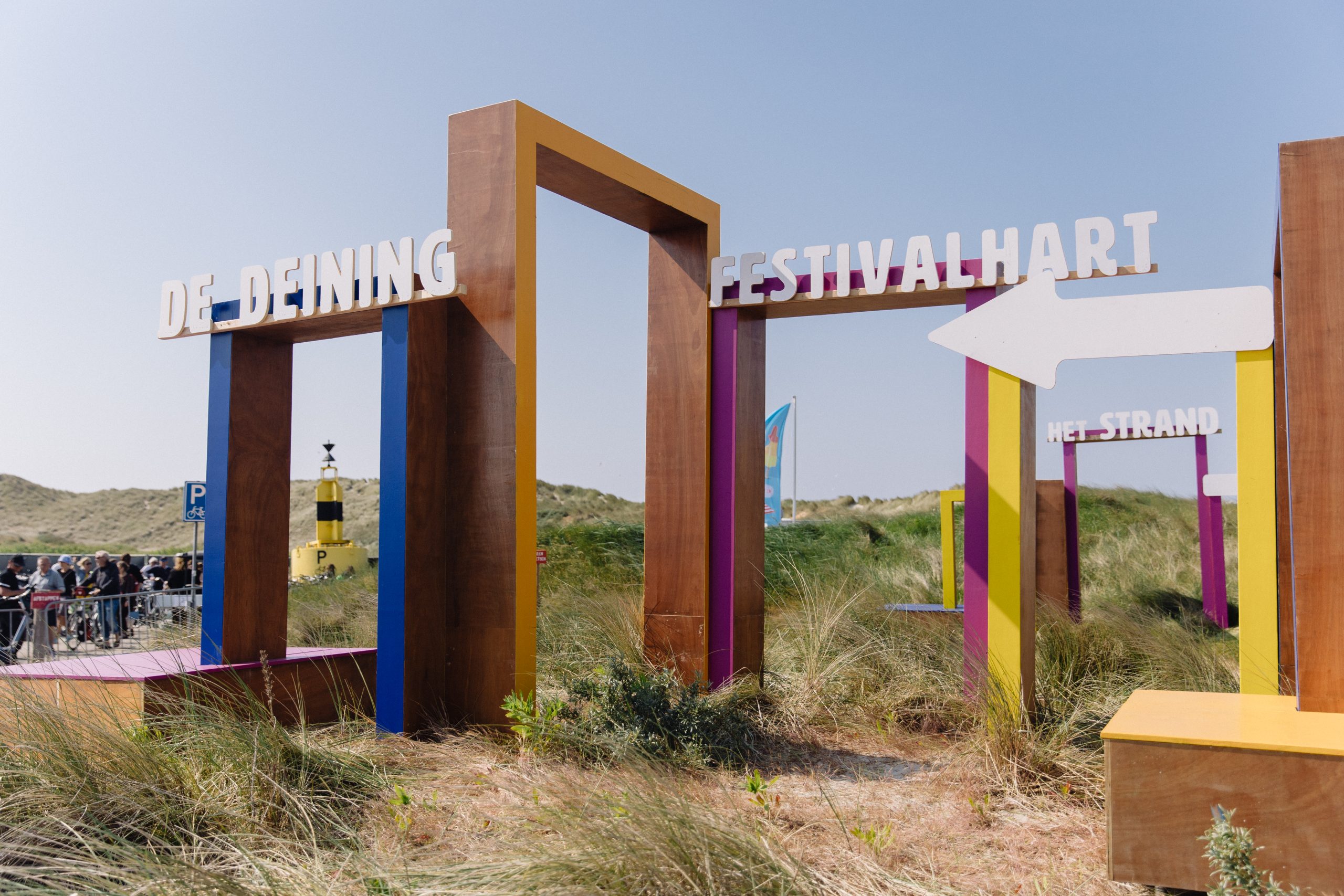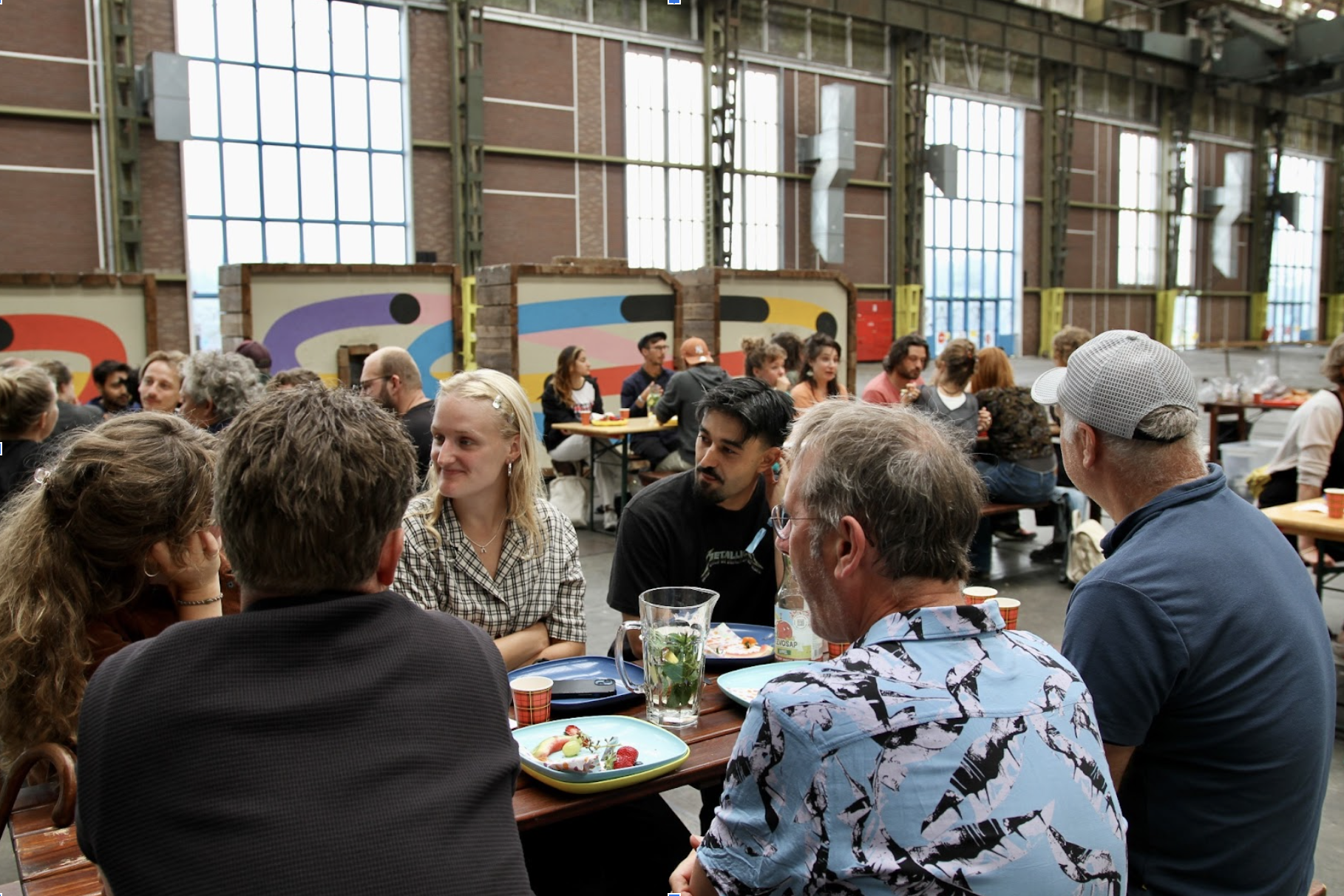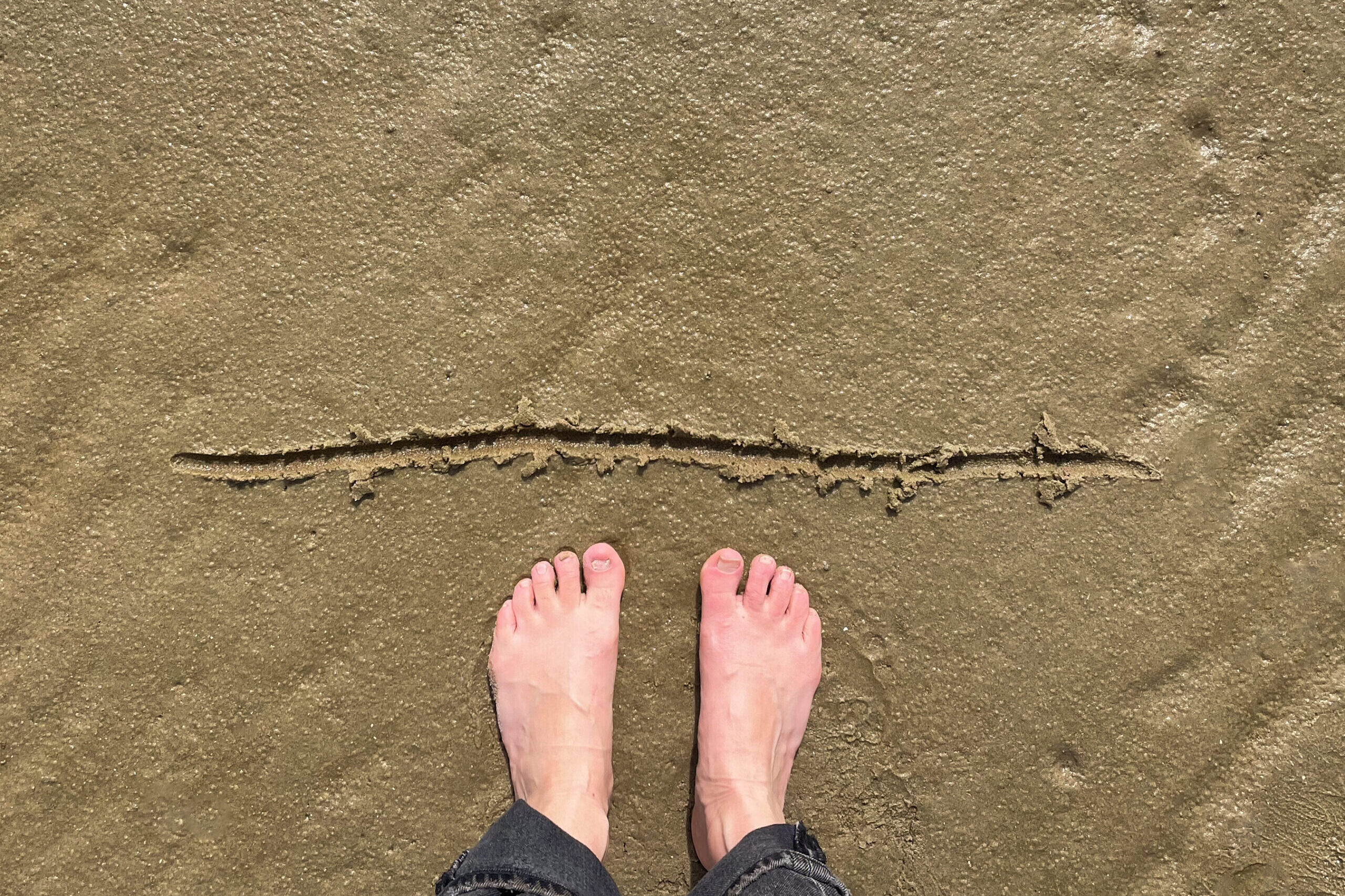Werkplaats Oerol provides space for new site-specific work in development, both during and outside the festival.
The collective Rotor will work on-site for a week in September to conduct research for their new work, Erosion II.
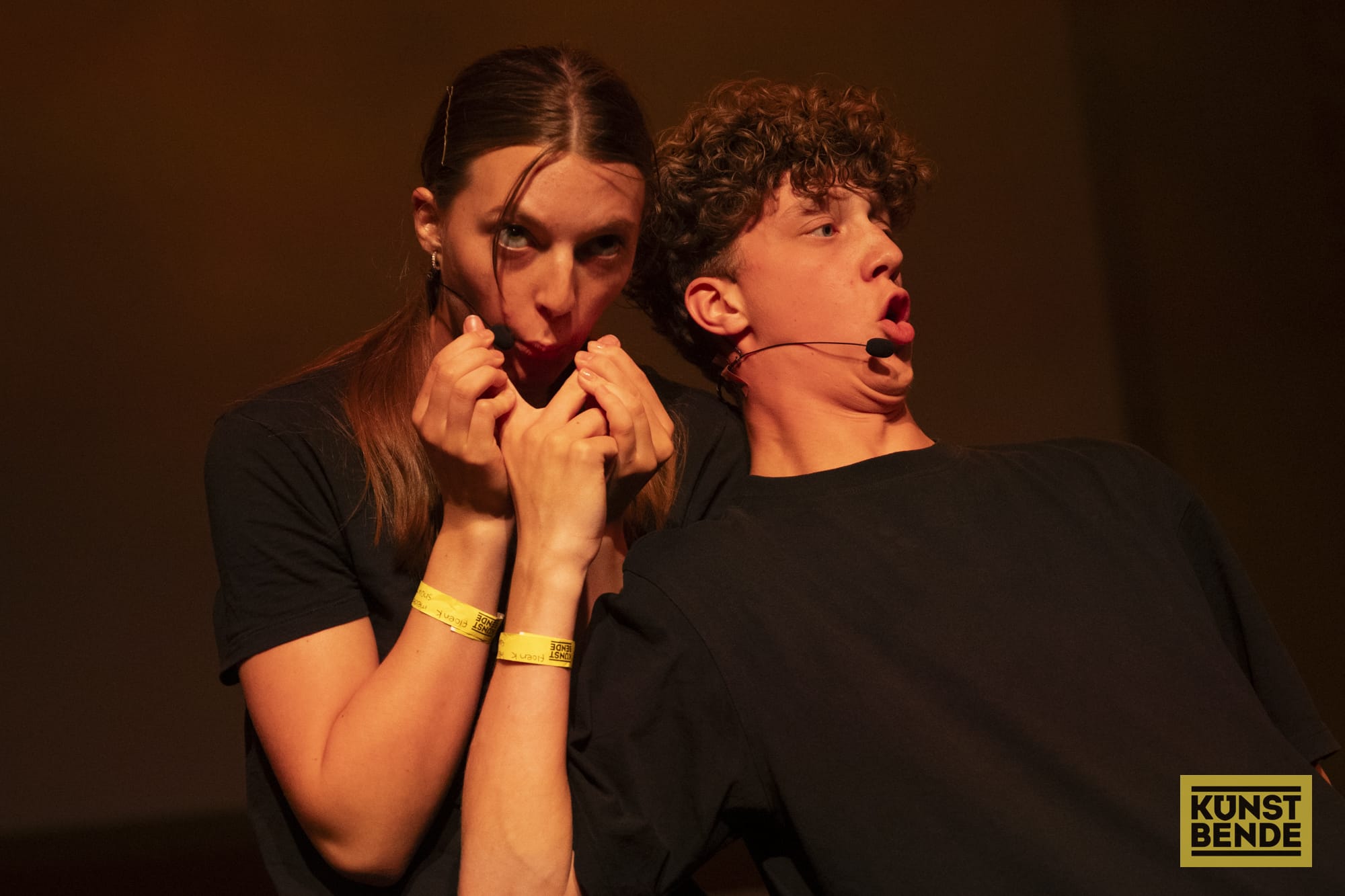
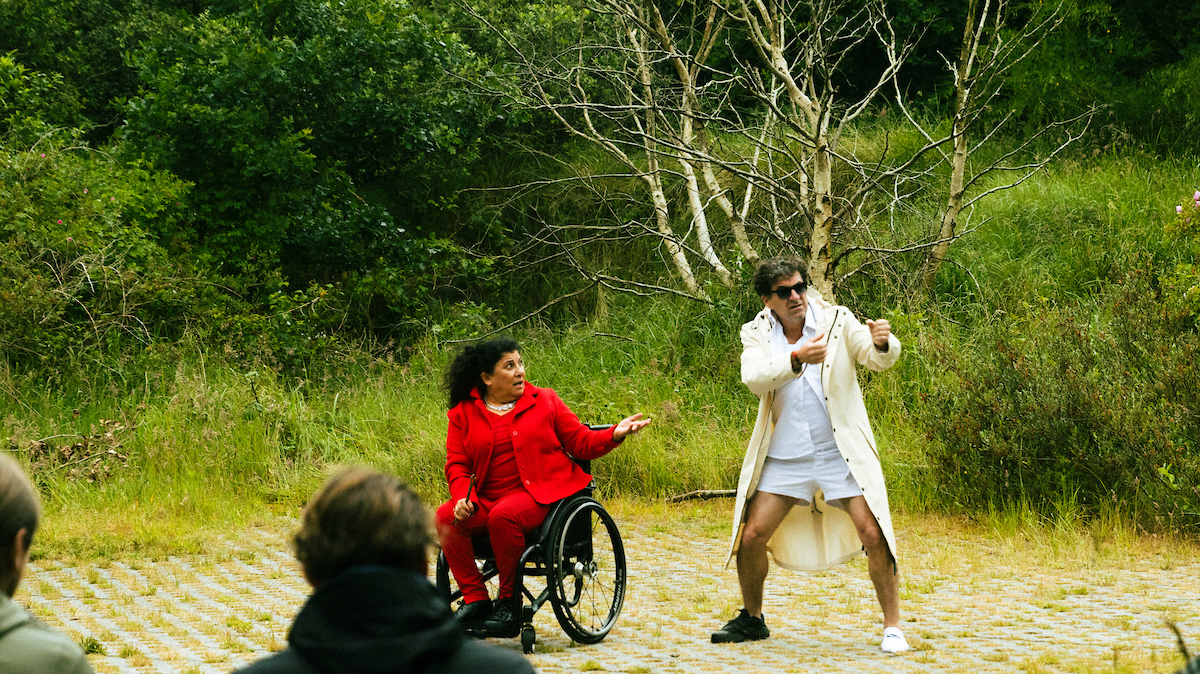
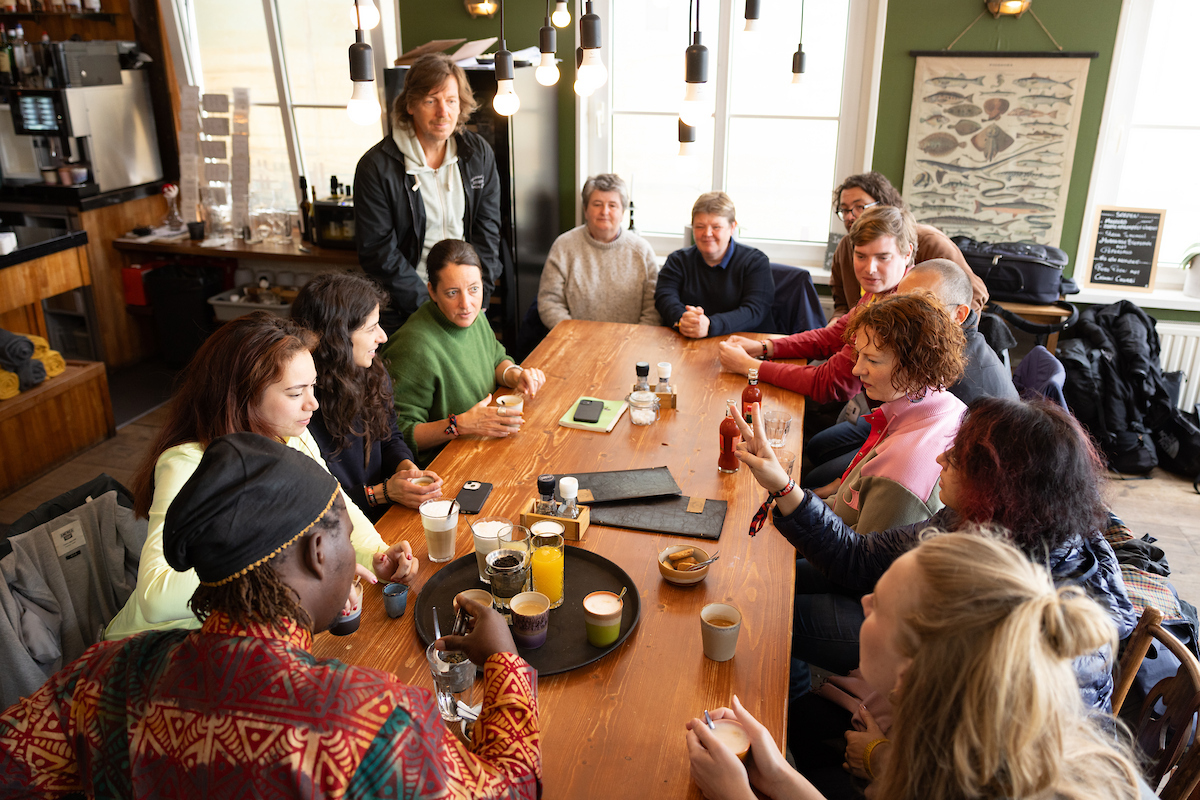
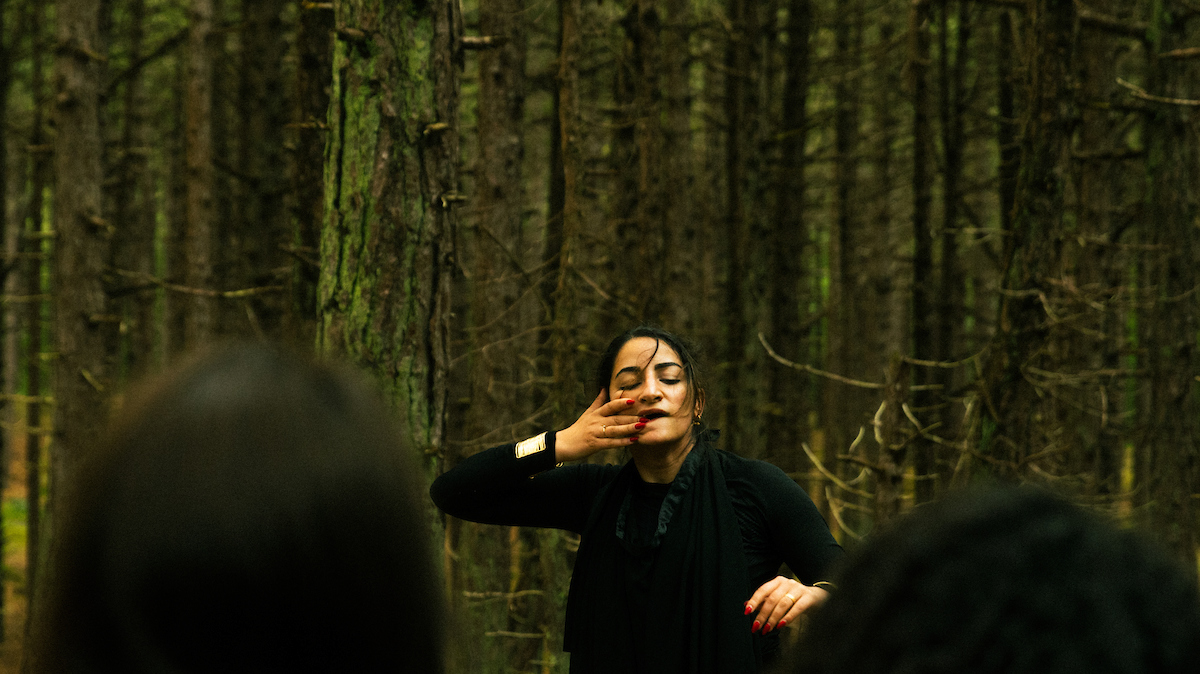
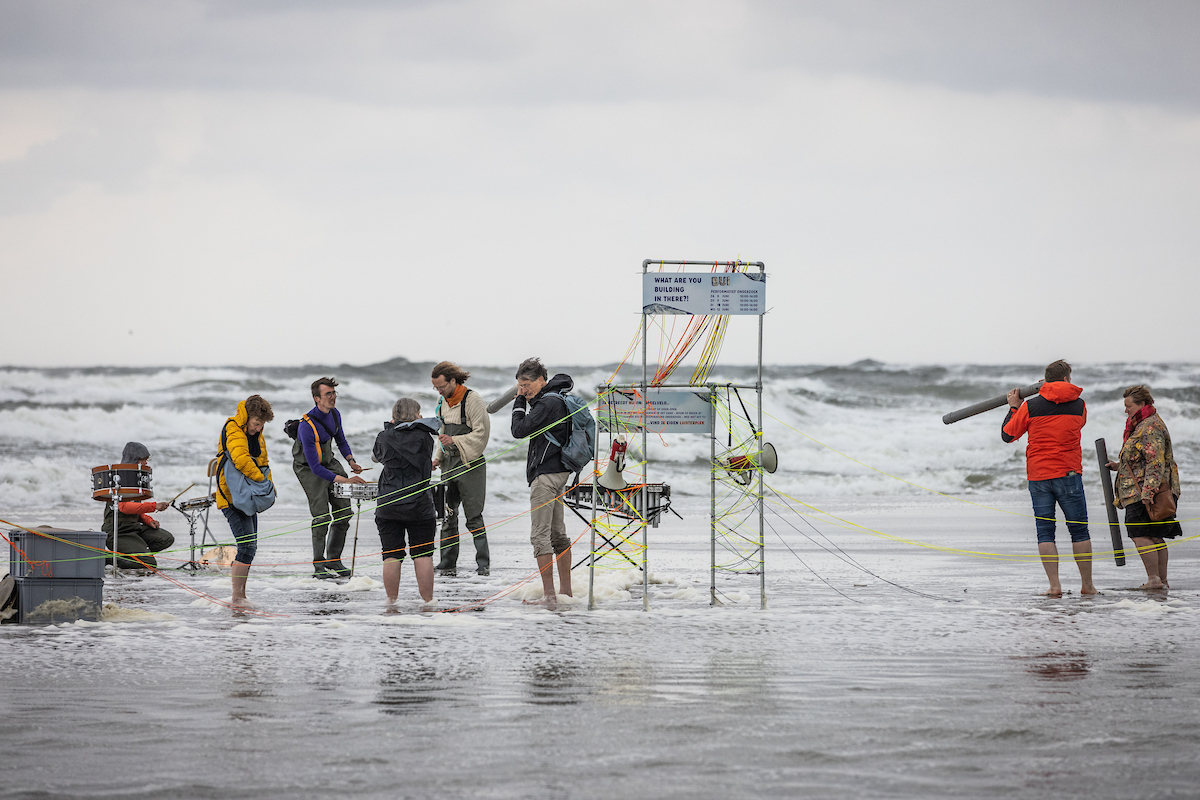
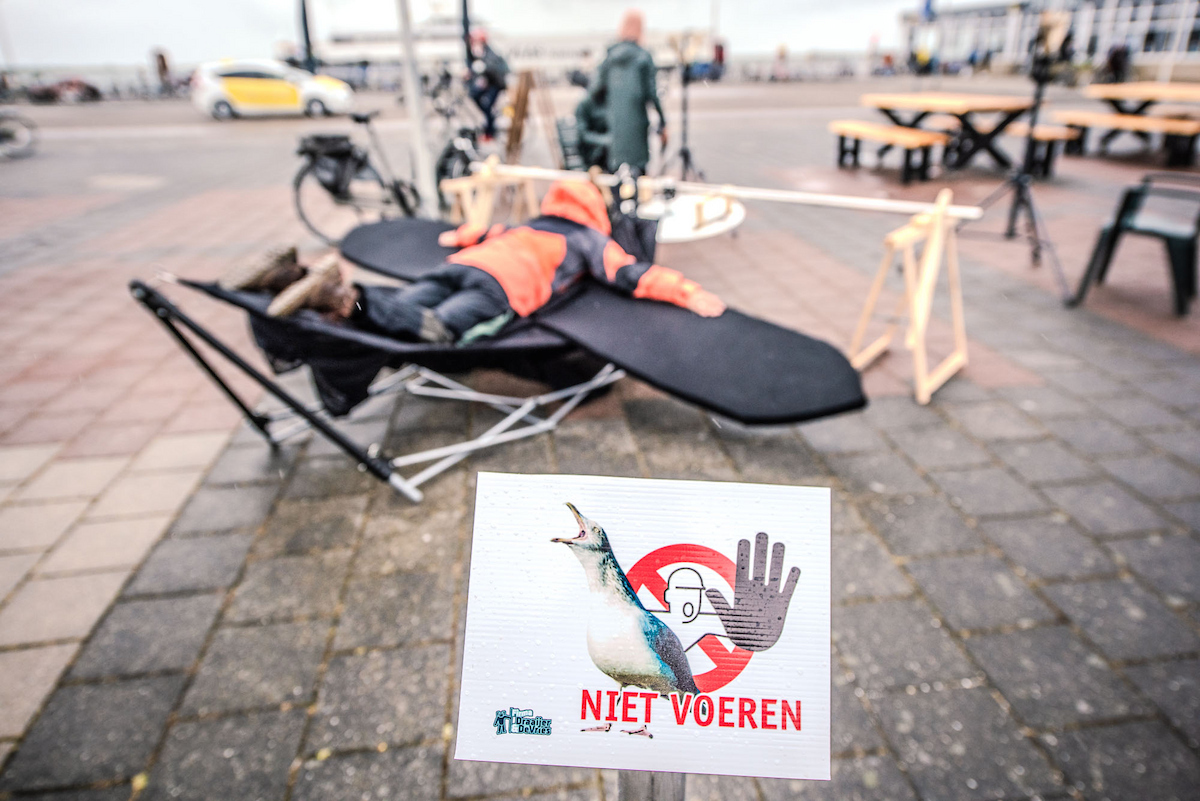
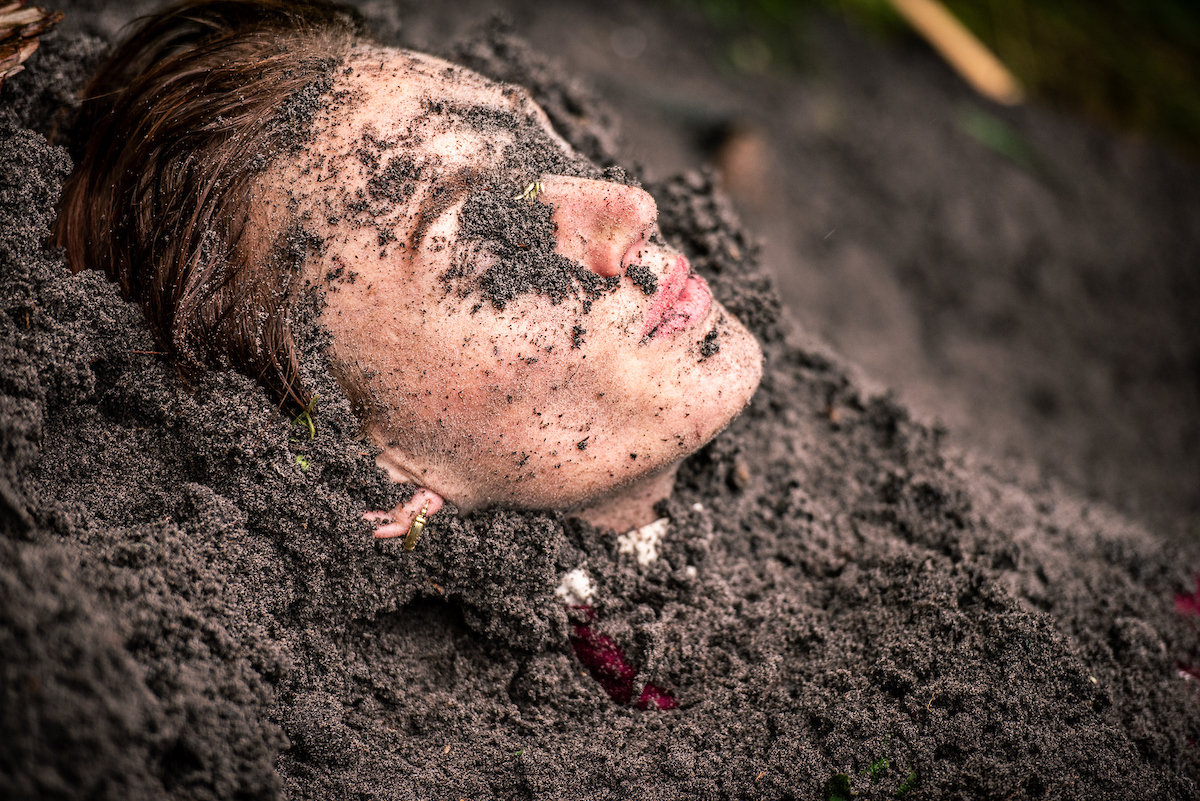
In his project Lacuna Kitchen, Abhishek Thapar explores the gap between the public and the often invisible people who prepare, serve, and clean up our food in restaurants. During his residency at Werkplaats Oerol, Thapar developed a Terschelling version of Lacuna Kitchen as part of the Oerol Festival 2025 programme. He researched suitable locations, the hospitality industry on Terschelling, and discovered where the island’s food comes from. Additionally, he explored potential collaborations for next year’s project. The goal is to engage the audience with both the front and back ends of the restaurant business, with attention and care for the food and the people involved.
In September 2023, Johannes Westendorp began a two-year research project at the University of Antwerp. He is exploring the possibility of location-based concerts where insects and amphibians are the focal point. They have built a sound installation with 8 speakers, immersing visitors in the experience. Using effect pedals and homemade electronics, they create sounds reminiscent of the calls of midwife toads (‘low fi’). This leads to a composition/soundscape that responds to the ambient sounds of the animals. The aim is to create a performance for the public, hopefully during Oerol 2025. The residency proved crucial for the development of the setup and musical elements.
Johannes: “Our challenge is to find a balance between an organic structure that fits into the environment and enough sonic richness to create an engaging concert performance.”
Nina Iggy is undertaking a development trajectory with Station Noord, in partnership with Oerol. During her creative process, she conducted a week of research on the beach of Terschelling. Nina says:
“The making process for me is greatly affected by my feeling of possibilities. The natural surroundings, only accessible somewhere like Terschelling, were an integral part of my research into reconnecting with the body’s relationship to itself and the natural elements to which we surrender in birth, life, and death. (..) The obvious natural restrictions and freedoms that we encountered while moving among the sand, such as the heaviness of the sand itself and the sunburn from the sun above, all inspired my movement choices, which I would never have discovered working in the studio.”
More
Tickets
Work in Development
Search
Oerol website
Stay tuned
Subscribe to the Oerol newsletter
You can subscribe via your My Oerol-account.
Check the newsletter option(s) under your details.
Stay tuned
Subscribe to the Oerol newsletter
You can subscribe via your My Oerol-account.
Don't have an account yet? Register here and check the newsletter option under your account details.
